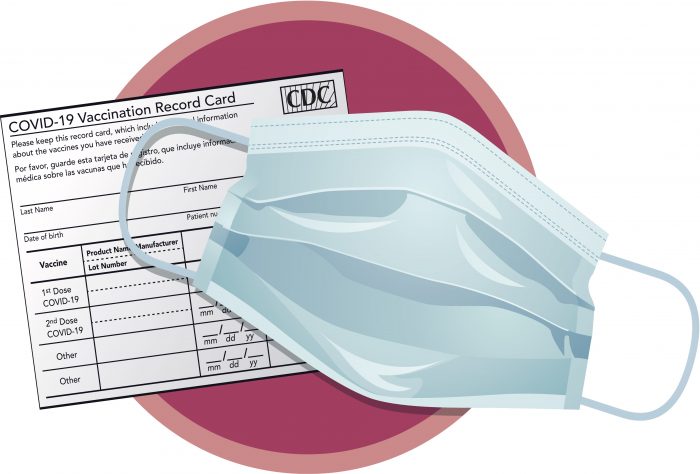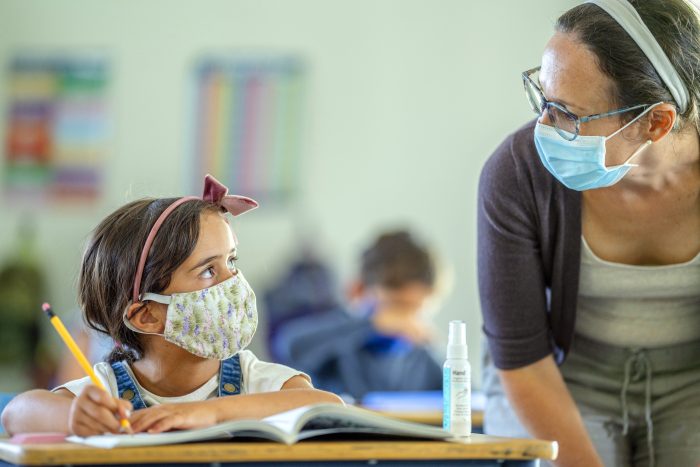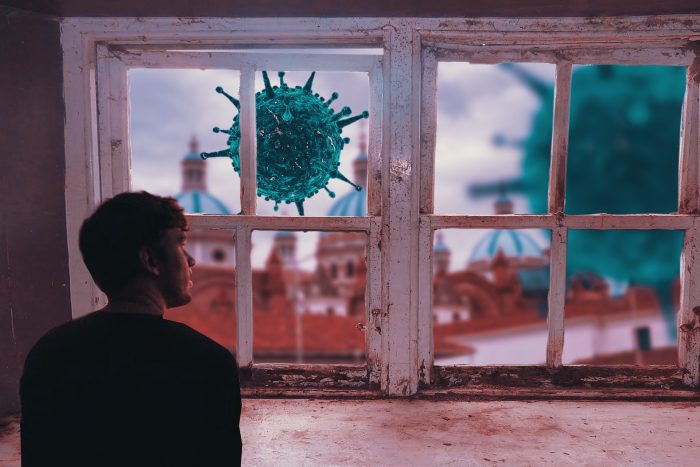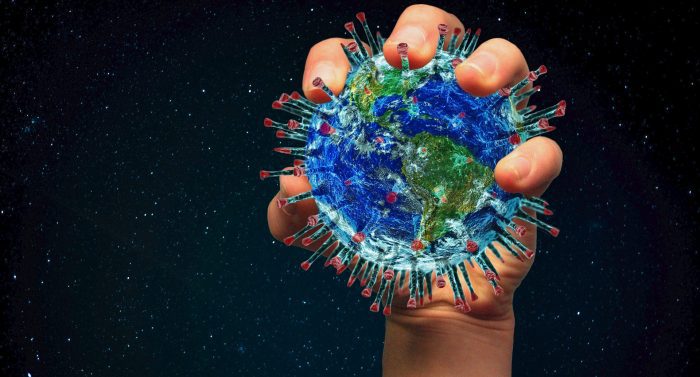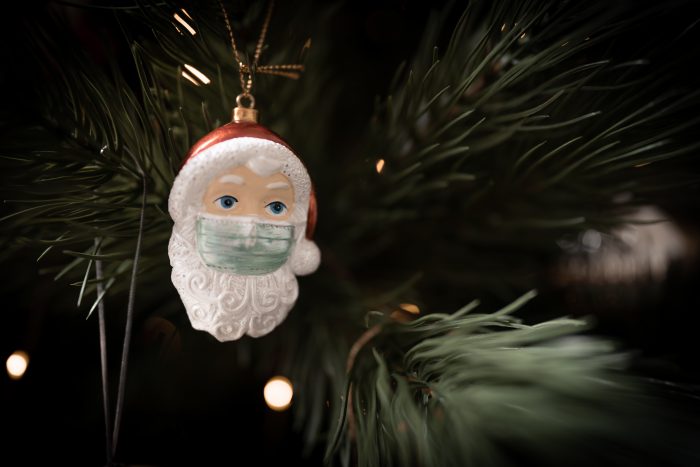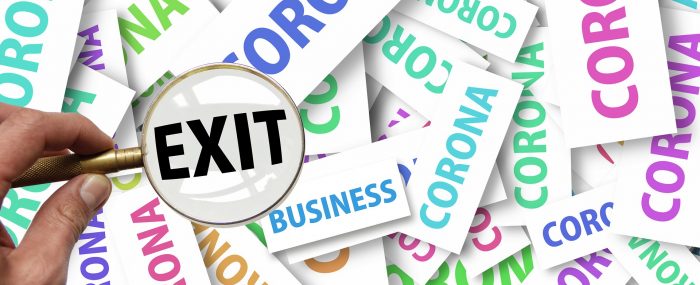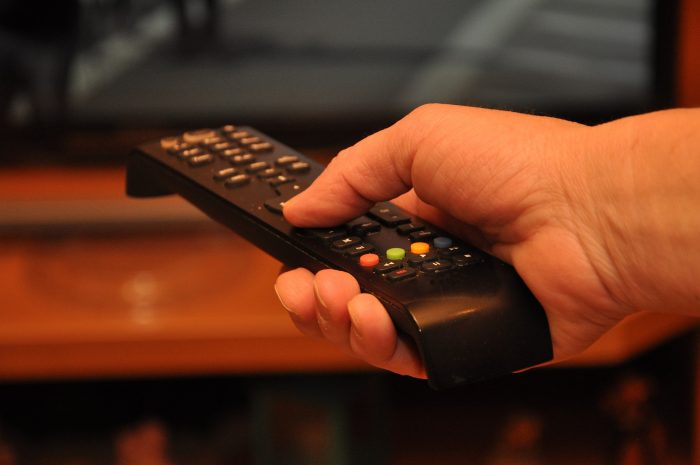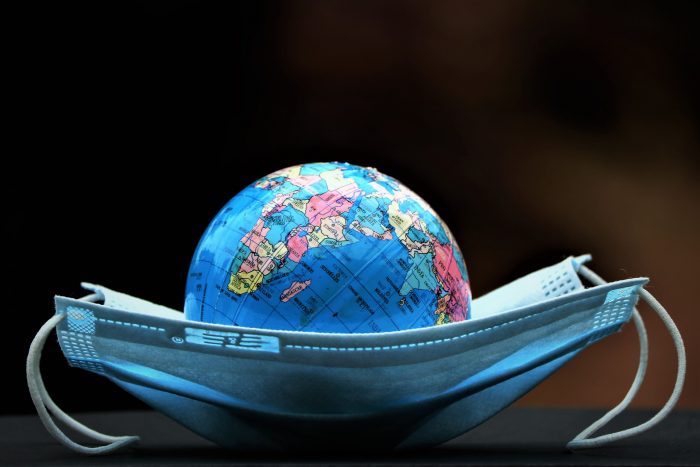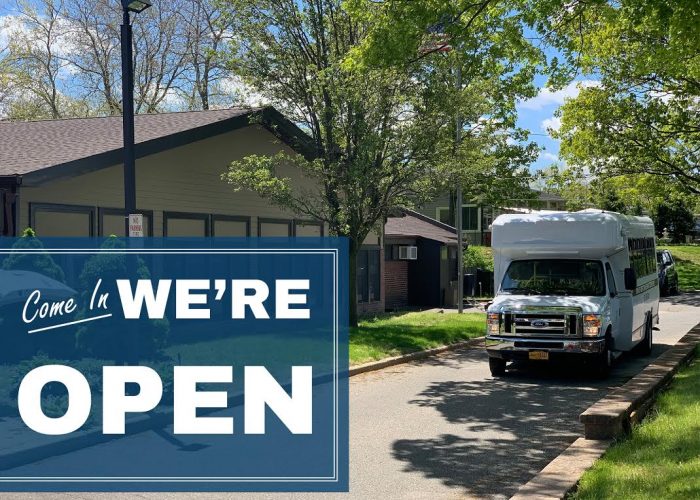By Leah S. Dunaief

COVID got me again. This second time around makes me angry, which is probably irrational. I mean, really, I paid my dues, I succumbed like almost everyone else a couple of years ago, and I feel that should be that. Also, I did everything I was supposed to do. I was vaccinated again in the middle of October this past year and felt pretty immune, although I know the vaccine doesn’t prevent the disease, just makes it less severe if it hits. Still, I felt relatively protected and didn’t bother wearing a mask when in a group. I won’t make that mistake again.
I did take Paxlovid this time, as I had the first time, and perhaps my symptoms were less acute. This onset was a little different. Instead of the painful sore throat in the beginning, I developed a dripping nose and assumed I was getting a simple head cold. Then I got quite stuffy and began to cough and to run a low grade fever. I stayed out of the office, finally donned a mask and bought a test kit. The first test I took was negative, but the next day I tested positive, and I have been home since then.
I am sharing these details in the hope that they may be helpful for those who are experiencing COVID presently or who should be alerted now to the clear and present danger. Fortunately, I am again testing negative, but the weather is uncooperative at 17 degrees. The extreme cold and dry air is not recommended for a newly recovered respiratory system, and so I remain home for now. But I can reveal some more specifics that might be of interest.
Neurological aspects were less pronounced this second time around. The sore throat was less sore and lasted for a shorter period of time, I didn’t lose my sense of taste either time, and while the cough continues, it seems less frequent during this home stretch. But according to what I read, post COVID fatigue is worse, and I can confirm that. I haven’t slept this many hours each day since I was a teenager. Napping is also a help. I have craved hot soup, and little else, throughout these past few days. Blessings on my friends and neighbors, who have provided me with an endless supply, from homemade chicken broth to the store bought wonton variety. I am also drinking smoothies made up of fruits and especially dark green leafy vegetables, like bok choi and baby kale and arugula. This particularly helps ward off dehydration. And while I have lost a couple of pounds, this is not the preferred way to diet.
There are some studies on patients who have had COVID more than once. Experts are still unsure about how damaging that might be, if at all. New variants, like JN.1, and periodic upticks keep the virus a current threat. There are at least 1200 covid-related deaths each week, and in the last week of December, nearly 35,000 Americans were hospitalized with COVID. No one seems to know if repeated exposure to the coronavirus increases the risk of Long Covid.Those who were hospitalized with the first round of COVID were more likely to have a severe second bout. That is well established. Lingering symptoms, like fatigue, shortness of breath and brain fog may also persist, especially after a difficult first attack. But evidence is still unclear that links repeated infections with Long COVID.
So what to do next?
We should all forego our complacency, and actively try to avoid COVID-19, even though the disease appears to be less severe for most. We really don’t know the long term effects of repeated infection. That means going back to basics: washing hands often, avoiding crowds, if possible, staying home if ill, using Paxlovid, which has been highly successful in moderating the virus, and especially returning to wearing masks. No one wants to be mildly ill or to increase the health risk for others.

